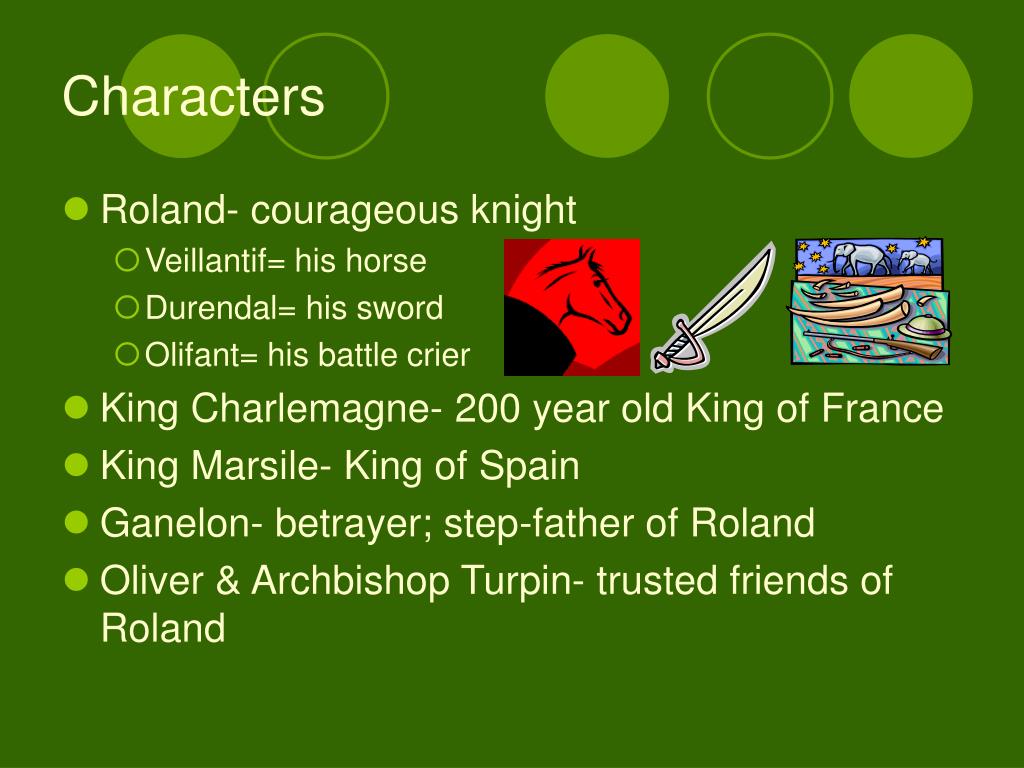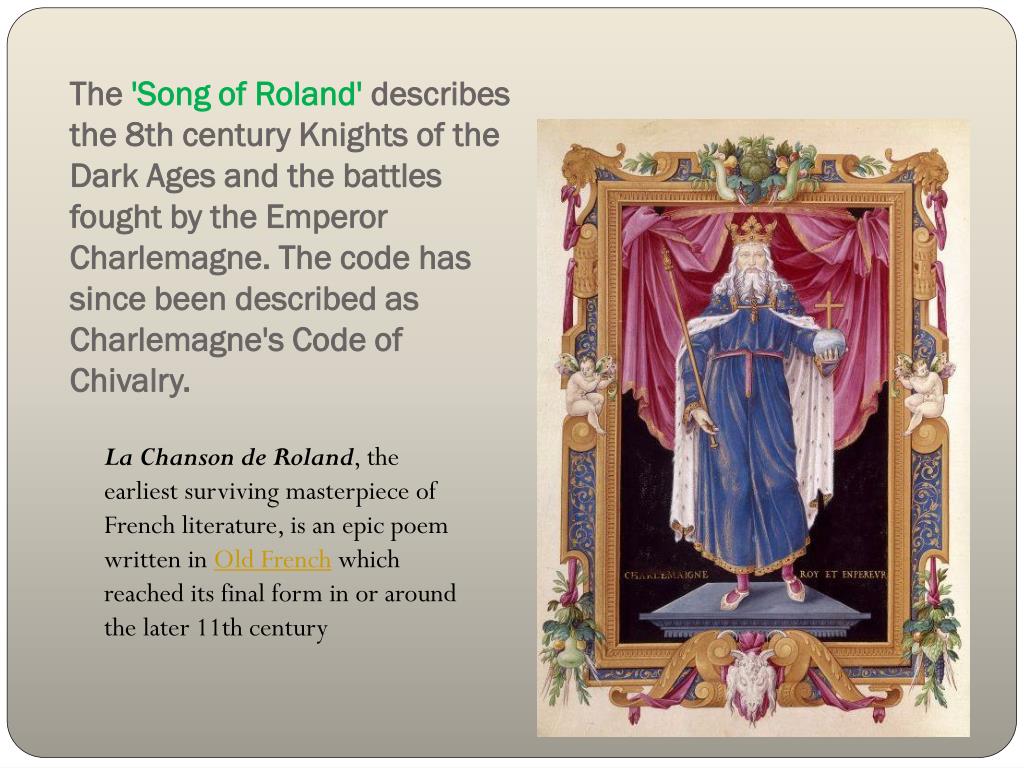

Knights Code of Chivalry dating back to the Dark Ages There was not an authentic Knights Code of Chivalry as such - it was a moral system which went beyond rules of combat and introduced the concept of Chivalrous conduct - qualities idealized by knighthood, such as bravery,courtesy,honor, and gallantry toward women.
A knight was expected to have not only the strength and skills to face combat in the violent Middle Ages but was also expected to temper this aggressive side of a knight with a chivalrous side to his nature. The chivalry shown by Sir Lancelot and Count Roland is inexorably similar yet still maintains an arms length difference of originality that sets them apart as two classic renditions of medieval noble ideals. The significance of upholding honor, physical and mental fortitude, and willingness to sacrifice and attempt the unimaginable for an important cause is easily discerned from both antecedent heroes’ accounts. Their timeless lessons in chivalry are applicable even today, many hundreds of years after their conception. The Song of Roland and Christie De Tropes’ Lancelot are two of he most majestic chronicles of honor and morality in all of history. Sacrifice is a major characteristic of chivalry and courtly love it is said that to love is to suffer, and there is no doubt that either man loved his respective creed. Just as Roland was willing to die, so too was Lancelot in his quest for Guinevere, though he did not have to, he needed only to endure excruciating pain. Roland was willing to die for his religious devotion and for his king he never lost slant AT want was Important to Nils own Dealer system, even as en met Nils ND, laying on the ground, he placed beneath himself his sword and his horn, his head facing pagan Spain, so King Charlemagne and all the Franks would say that he, Count Roland conquered until he died. Not only is their fighting a demonstration of their chivalry and courtly love but the lengths to which they are willing to go is even more exemplary. ” The lowercasing of blood-and-thunder heroism In these readings and the presentation of the two aforementioned characters as plantations of physical courage and personal loyalty in both cases further cements them as to of the greatest, most chivalrous heroes of all time. While Roland enters battle “riding his charger, swift-running Flagellant” and so potent of a warrior Is he that his enemies, “the pagans flee… Trying their best to get away. Both combatants in the tale of Lancelot are Incredibly adept horsemen and swordsmen, so much Is their skill and power of fighting, that their collision “seems Like a mighty thunder-clap” and both “sustained with equal honor. Another aspect of chivalry portrayed In both accounts Is the dependence placed by both champions on combat, fighting, and the usage of cavalry. 
This noble application of so called courtly love is what sets Lancet’s aims of attaining love and romance apart from Reload’s to retain the glory of France and gain fame for his king, his men, and himself. While both are displaying the highest amount of chivalry, only Lancelot can be said to be trying to woo and “win” his lady’s heart. Roland is refusing reinforcements so as to not seem a coward, while Lancelot is seeking a woman.

Though both are protecting honor of one kind or another, Lancelot and Roland have two very different reasons for doing so. Their adherence to the code of chivalry and the gravity of honor felt by these two men caused both to do things others would not and thus Amortized them as heroes.







 0 kommentar(er)
0 kommentar(er)
